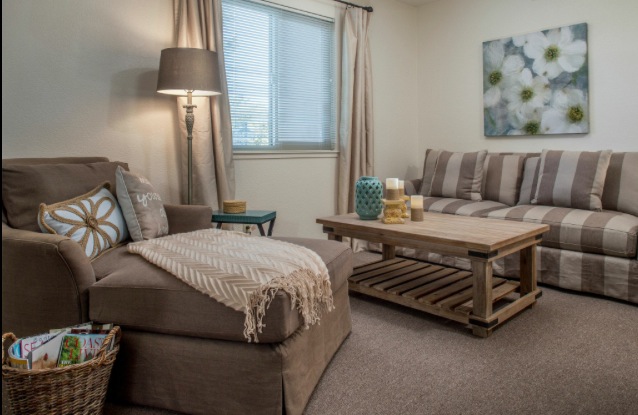
TRANSITIONAL CAMP AREA CLOSES AS HOMELESS INDIVIDUALS SHIFT INTO HOUSING OR BRIDGE SHELTERShom
San Diego – Continuing his push to reduce homelessness with a focus on housing first, Mayor Kevin L. Faulconer today announced that each of the 24 families – with a combined 57 children – staying at the City’s Transitional Camp Area have moved into or been matched with permanent housing.
Mayor Faulconer opened the camp area in early October as a temporary reprieve for the City’s most vulnerable residents who had been living in unsanitary conditions amid the hepatitis A outbreak. Operated by Alpha Project, the camp area provided a safe and secure place to stay for up to 200 people.
The City closed the camp area at 20th and B streets last week after the families were connected with housing and other individuals staying there were offered beds in the Temporary Bridge Shelter that opened Dec. 1.
“Just a few months ago these families had nowhere else to turn. Now they’ll be spending this holiday season in a home they can call their own,” Mayor Faulconer said. “This goes to show what’s possible when we work together as a community to provide a safe and stable environment for people to begin turning their lives around.”
Case workers and housing navigators from Alpha Project, the San Diego Housing Commission, the Regional Task Force on the Homeless, PATH, Crisis House and Home Start had been working with each individual and family at the Transitional Camp Area to match them with permanent housing.
The Transitional Camp Area was launched as a short-term solution while the three Temporary Bridge Shelters were being constructed. All of the single adults who were staying at the camp area have moved to the Temporary Bridge Shelter at 16th Street and Newton Avenue.
So far, 22 of the 24 families had transitioned to a permanent home as of last week. The remaining two families have been matched with permanent housing but remain in temporary housing, such as motels with a housing subsidy, until their units become available.
“Thanks to quick action by city staff and the team at Alpha Project, the Transitional Camp Area allowed us to make essential progress on battling the hepatitis A outbreak, connect homeless San Diegans with services and housing opportunities, and prove that creative new approaches to homelessness can be effective for San Diego,” said City Councilmember Chris Ward, Chair of the Council’s Select Committee on Homelessness. “I appreciate everyone in the Golden Hill community who worked with us to make this successful, and look forward to using lessons and observations from the camp area model to make even more progress on our homelessness crisis in the coming year.”
Temporary Bridge Shelters are an innovative approach that reflect the best practices in serving the most vulnerable members of the homeless population. The goal is to provide people relief from the streets while they search for permanent housing.
Besides providing beds for a combined 700 people at a time, they provide an array of wraparound supportive services, including:
o 24-hour security
o Storage
o Meals
o Showers
o Bathrooms
o Laundry services
o Alcohol and substance abuse counseling
o Mental health services
o Job training
o Health care
o Case managers/housing navigators to help people transition into permanent housing
o Childcare services (in the shelter at 14th and Commercial)
Two more bridge shelters will open by Dec. 31. One will be operated in the Midway District by Veterans Village of San Diego to serve homeless veterans while the second will be operated by Father Joe’s Villages in the East Village to serve homeless families.
The addition of the three Temporary Bridge Shelters will bring the City’s total number of emergency shelter beds to 2,040.



